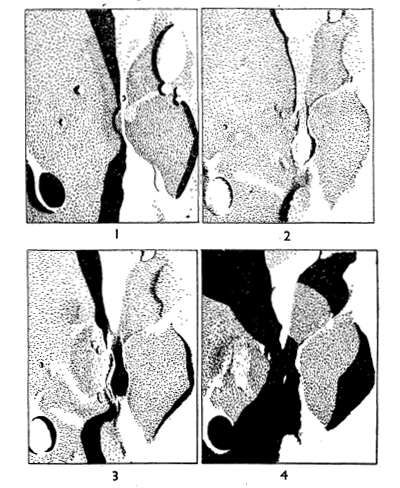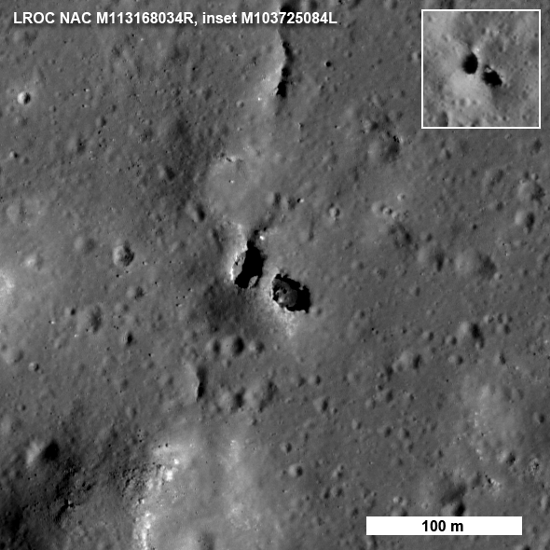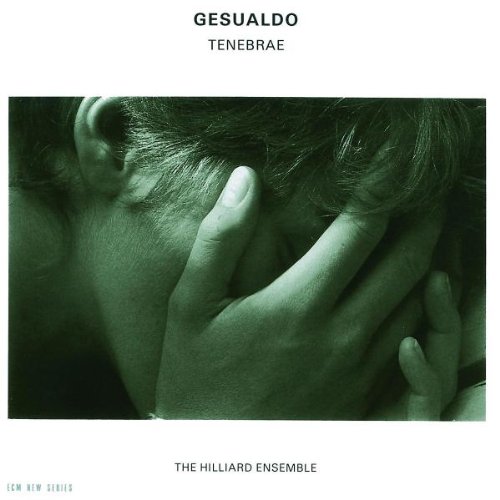Lunar Land Bridge
The Lunar Reconnaissance Orbiter Camera team recently released pictures of the first natural land bridge ever discovered on the moon:While the scale is relatively small, it nevertheless proves the existence of an artifact that scientists had speculated on for years. This one appears to be a section of a collapsed lava tube.
There was actually a bit of controversy in the 1950s concerning a possible lunar land bridge. On July 29, 1953, the amateur astronomer John J. O’Neill, a writer for the New York Herald Tribute and amateur astronomer, saw what he thought was a land bridge on the western side of Mare Crisium. The dimensions of his putative bridge were absurd - 12 miles wide - but when he requested confirmation of his observation one prominent professional astronomer Hugh Percy Wilkins tentatively confirmed it, although shrinking its width to 2 miles (still a ridiculous figure.)1
Others were not as receptive. After observing the area for several months during the period of the of the lunar day when the bridge should be visible, it became clear the the bridge that O’Neill thought he saw was simply an illusion created by the shadows of several prominences lying across the uneven terrain.

1. O’Neill’s “Bridge”, H. P. Wilkins 1953, August 27th. 2-4. The same lunar region, observed by members of the Lunar Section of the Czechoslovak Astronomical Society, Prague; 2. 1955 October 2nd; 3. October 3rd; 4. September 4th.2
Wilkins’ reputation was damaged and he was forced to resign from his position at the British Astronomical Association.
Notes
1“O’Neill’s bridge remembered”, Sky & Telescope. p. 105, January
1998.
2”The
So-Called Lunar Land Bridge”, Bulletin of the Astronomical Institutes of Czechoslovakia, vol. 8, p.33, October
1957.

Gesualdo
No one explores personal obsession - both its provocations and manifestations - quite like Warner Herzog. Herzog’s 1995 “documentary” on the life and art of composer Carlo Gesualdo, “Death in Five Voices” has recently been released on DVD.
Herzog’s mixes contemporary assessments of Gesualdo’s impact with documented evidence and dark mythologies that have sprung up around him to paint a vivid portrait of a genius in turmoil.
Given Herzog’s work, it is easy to see why he would be draw to such a character:
In his madrigals, his favorite art form, he expressed his innermost being; his entire spiritual world, steeped in seclusion and madness. He seemed persecuted by Furies and Daemons.
According to the second [version of this death], he maintain a staff of about 20 servants who’s task it was to subject him to continuous whippings. The injuries he suffered from these painful flagellations caused infections that finally led to his death.
The entire film is (currently) available as a playlist on YouTube here.
This recording by one of my favorite vocal groups, The Hilliard Ensemble, captures his intensity better than anything else I’ve heard:



